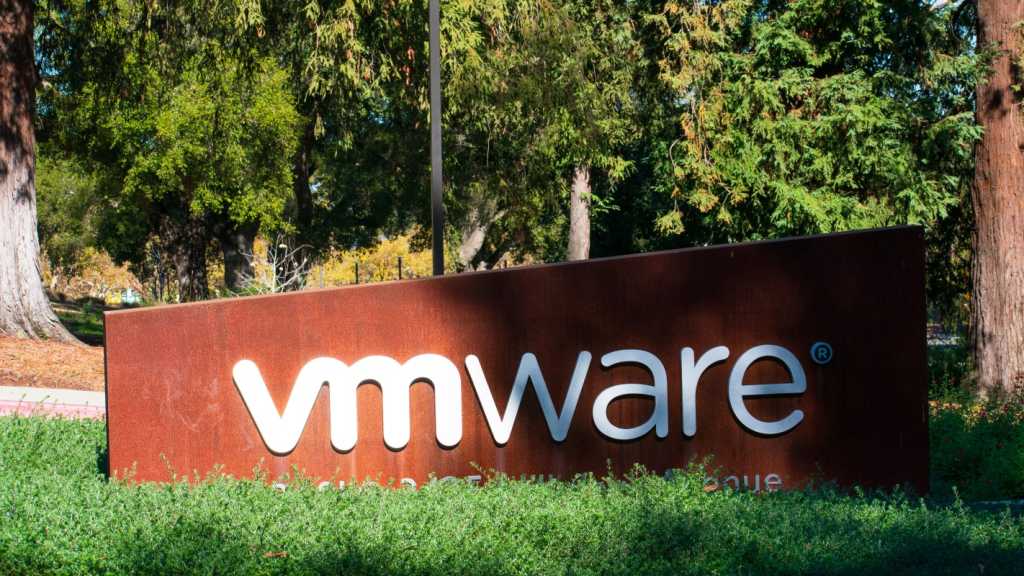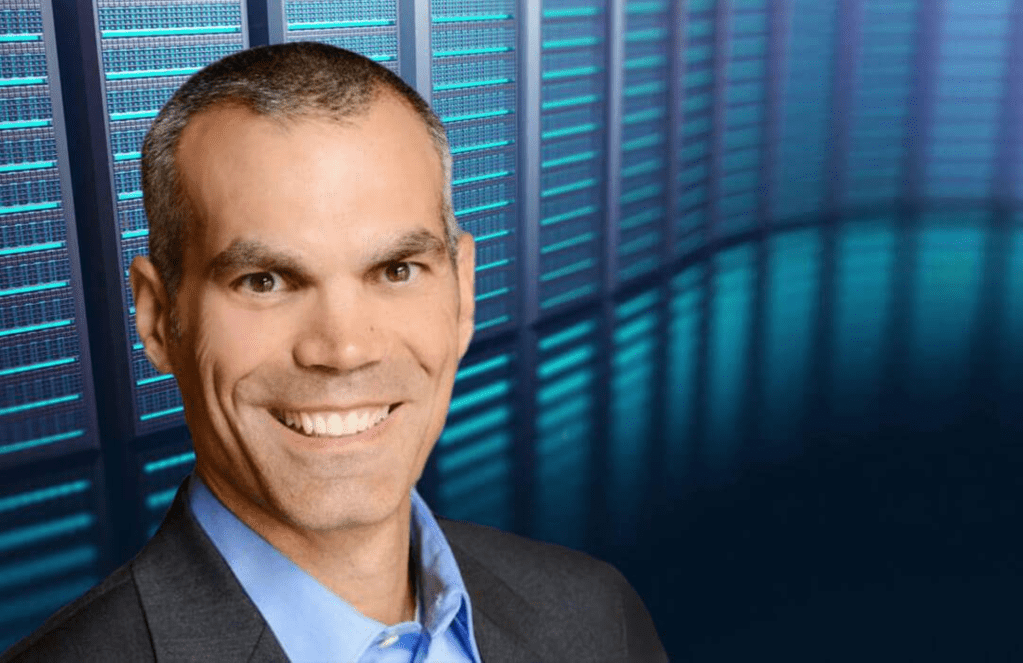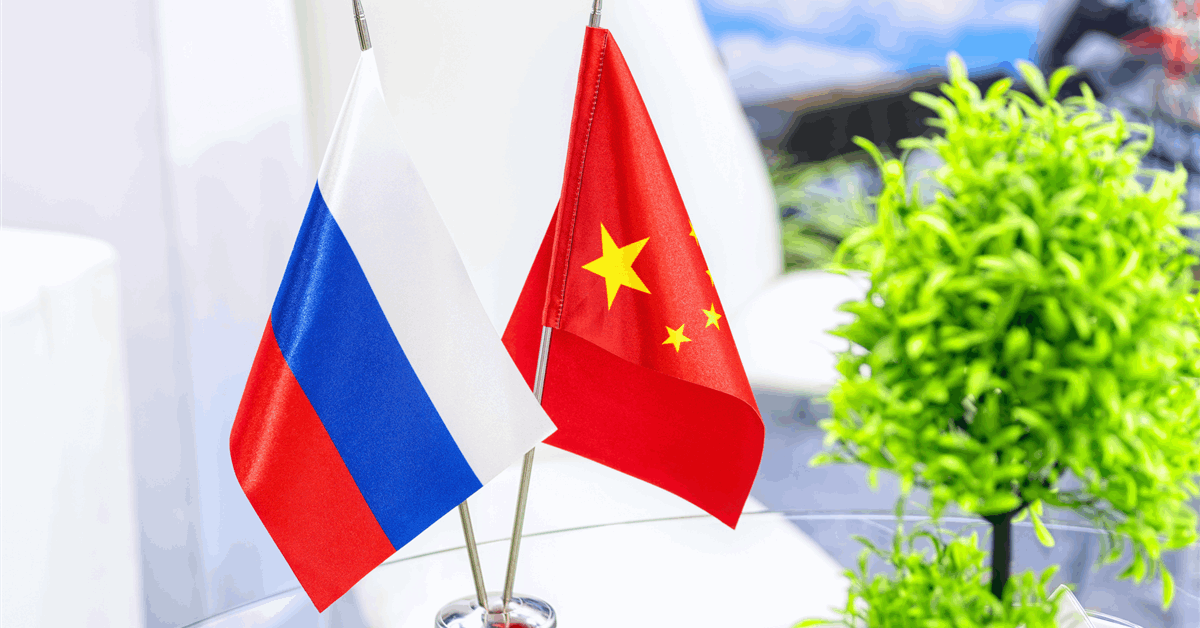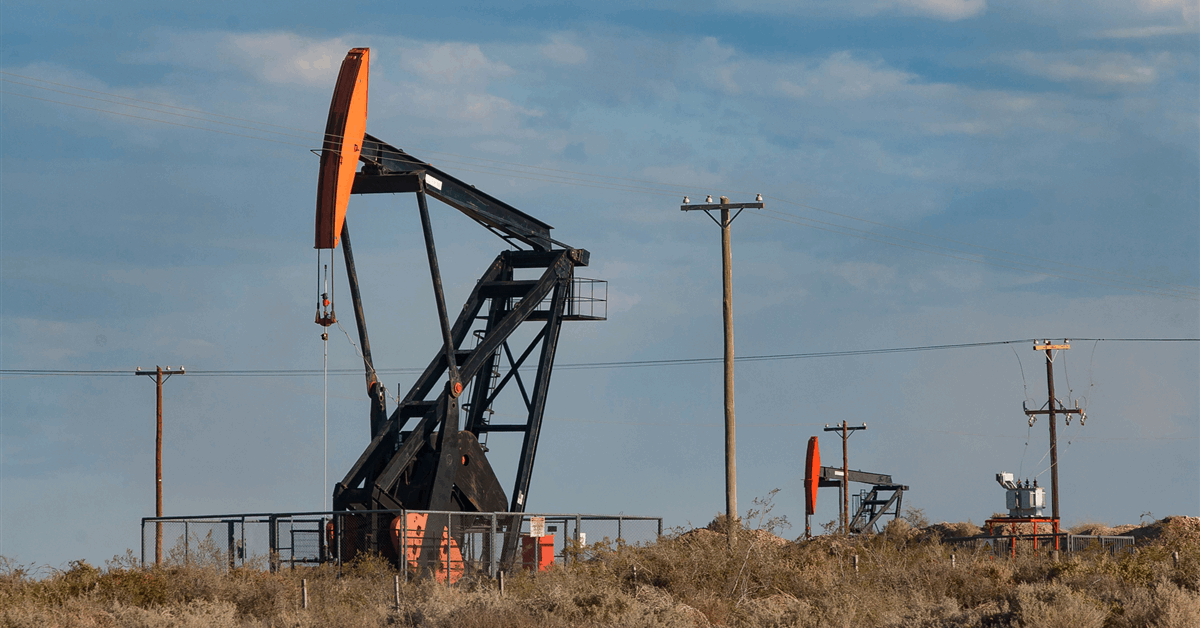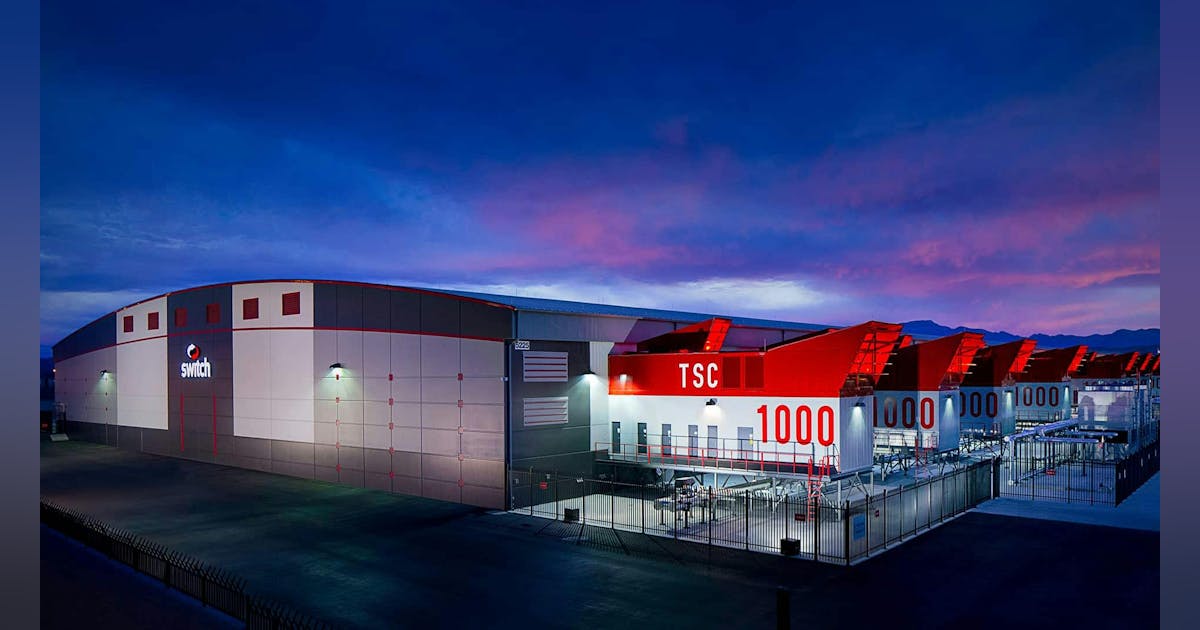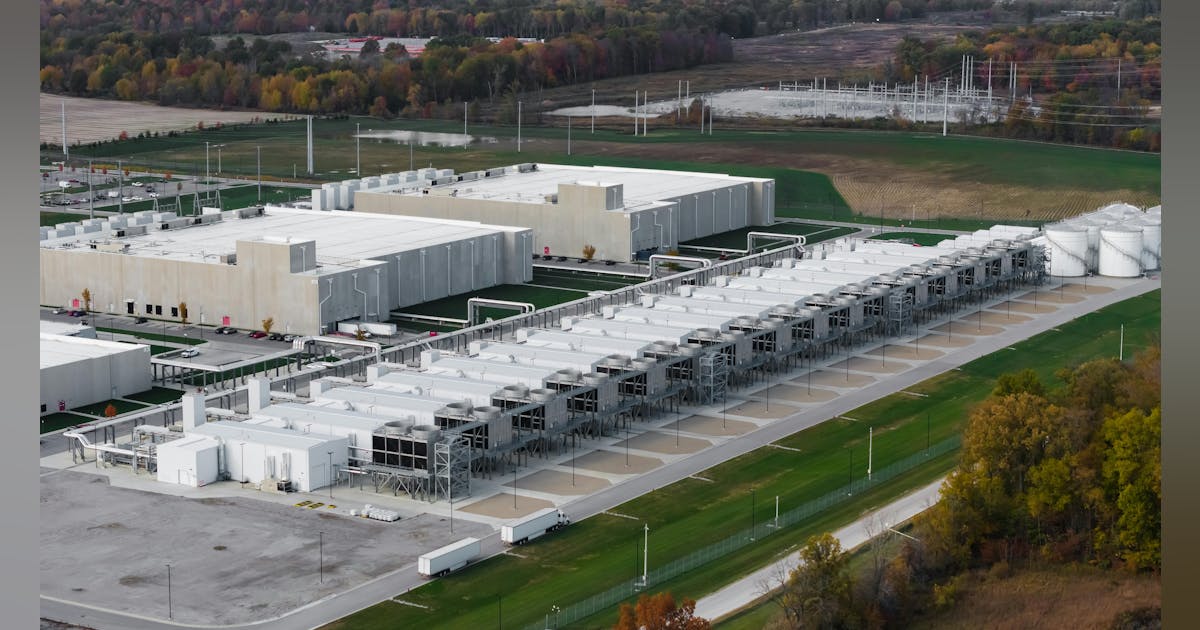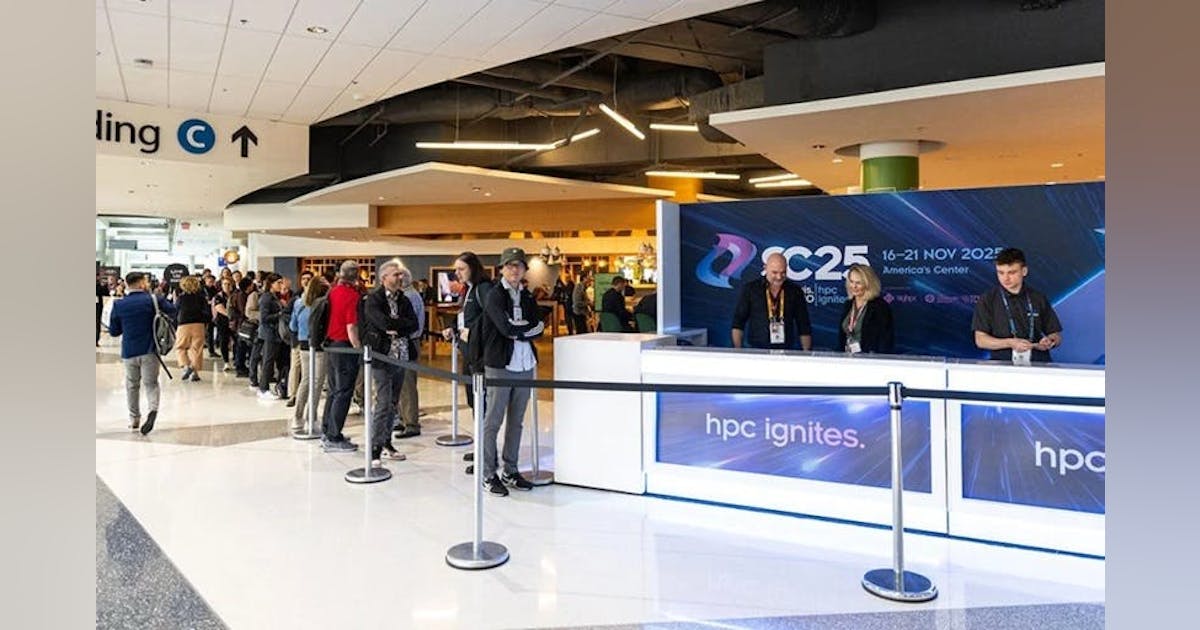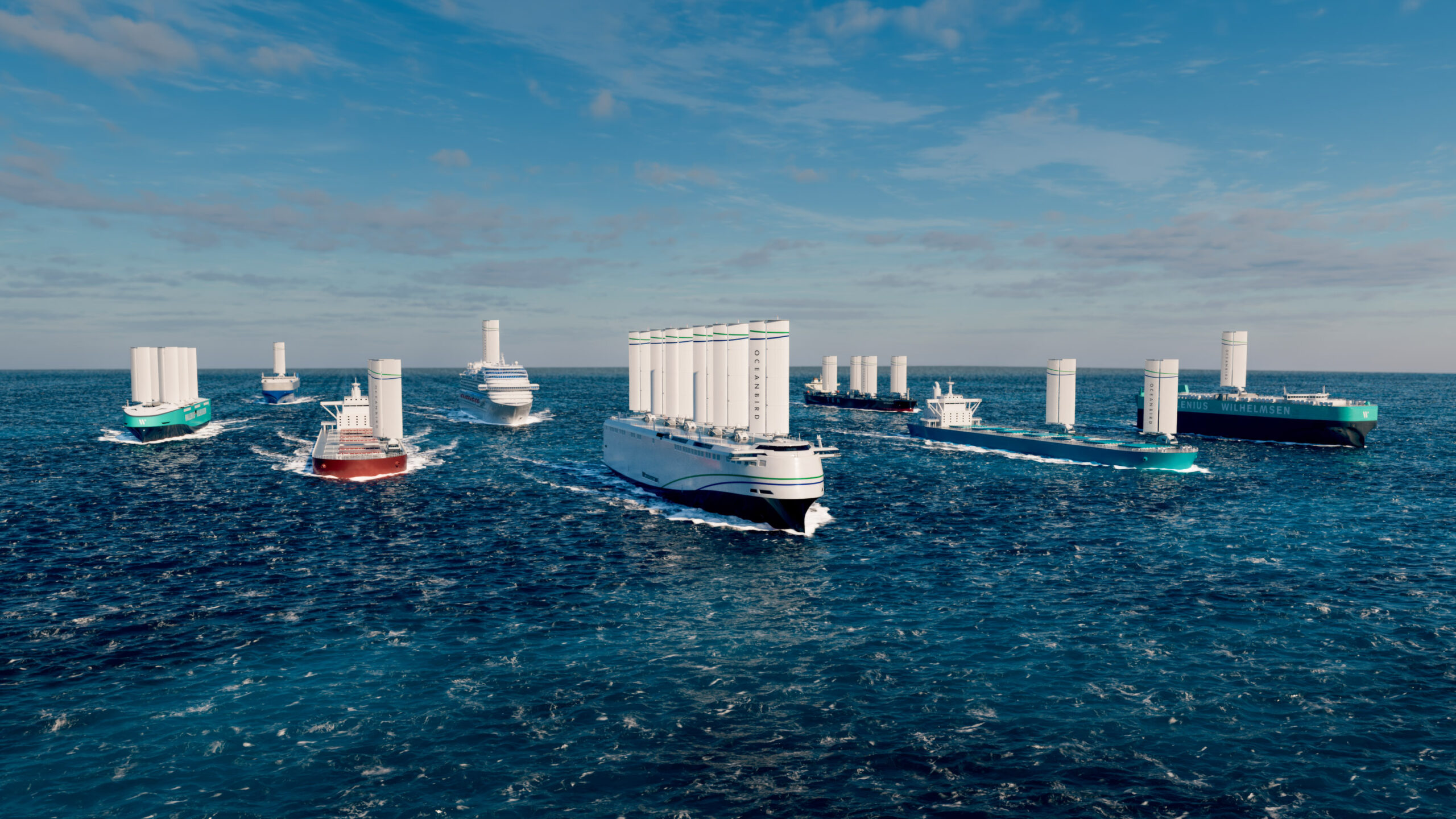
Denmark will ramp up inspections of ships transporting Russian oil through its narrow straits, in an effort to protect the environment and maritime safety from older vessels in Moscow’s shadow fleet.
The Danish Maritime Authority will start conducting so-called Port State Control checks on ships anchored outside Skagen that “cannot be considered in innocent passage,” according to a statement. The controls will ensure ships comply with regulations on maritime safety, environmental protection and seafarers’ welfare.
The authority said that the initiative comes in response to increased activity of older vessels transporting oil through Danish waters. Previously Denmark would only carry out such inspections if a ship called at a port, which shadow fleet tankers have rarely done.
It marks a significant change in policy for Denmark, which has long maintained that it wouldn’t interfere with Russian ships passing through its waters due to a treaty dating back to 1857 that allows for free passage of ships transiting the Danish straits.
The UK began challenging vessels sailing through the English Channel late last year over their insurance accreditation, while concerns over shadow fleet vessels in the Baltic Sea have been mounting after a spate of incidents where ships have damaged subsea cables.
Russia assembled a fleet of about 700 ships to help keep its oil moving in the face of western sanctions, but many operate with opaque ownership structures, calling safety standards into question. Tankers transporting Russian oil are also increasingly refusing to use specialist pilots to guide them through the Danish straits, raising the risk of an oil spill off the country’s coast.
Denmark’s narrow straits are a critical trade artery through which Russian oil has flowed largely unrestrained since the start of the attack on Ukraine, helping fund President Vladimir Putin’s war economy. En route, many of the tankers anchor outside Skagen in northern Denmark, with some vessels seen staying there for weeks or months.
Denmark is in talks with other European countries on how to address the shadow fleet. In December, it agreed to introduce checks on insurance policies of passing tankers, which could be followed with more tangible action for ships that lack adequate cover. Still, Copenhagen says the problem requires joint solutions and any new measures must be in line with international law.
The port state control measures will prioritize the tankers given their “high risk profile,” the Danish Maritime Authority said, adding that accidents involving such vessels could have “particularly severe consequences for safety, health and the environment.”
Finland last month carried out an inspection of a shadow fleet vessel that damaged an undersea cables in the Baltic Sea, finding it had 32 faults and not seaworthy.
WHAT DO YOU THINK?
Generated by readers, the comments included herein do not reflect the views and opinions of Rigzone. All comments are subject to editorial review. Off-topic, inappropriate or insulting comments will be removed.
MORE FROM THIS AUTHOR
Bloomberg


